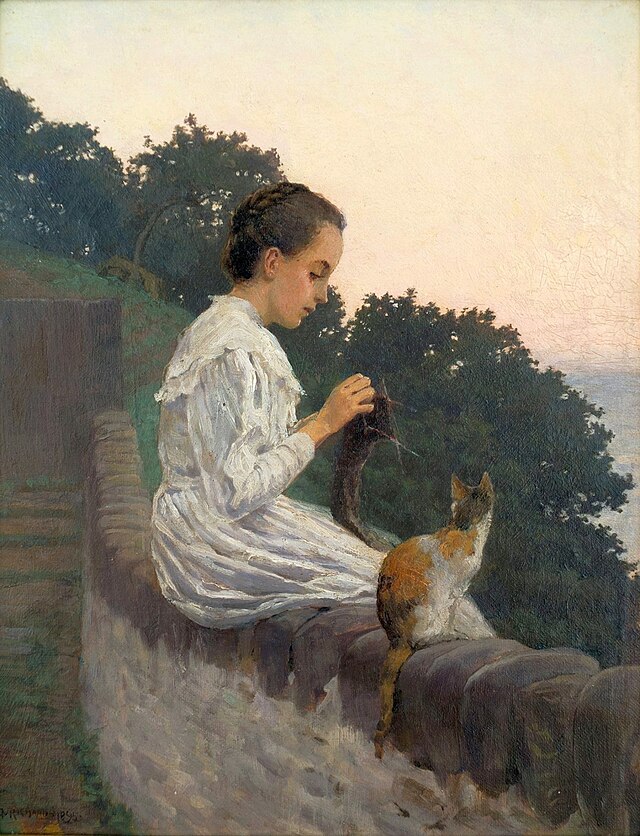Got some spare time between classes? Want an engaging way to break up some of your homework? Drop by the Jewett Art Gallery to see the work of three incredible artists instead. When you first walk in, the closest pieces will be Megan Hinton’s. Hinton is a visual artist based in Wellfleet, Mass. who assembles various artistic materials to create personal and public narratives. She earned her MFA in Interdisciplinary Studio Art from Mills College. In addition to making art, she is an art writer, curator, educator, and lecturer. Here she upcycled painter’s materials and added pieces of sports equipment and clothing to combine two seemingly separate worlds. Of her pieces, my favorite is “Open Air,” where she uses an easel to hold both a painting and a basketball. On the front the painting depicts an abstract conglomeration of people enshrouded in gray mist. The basketball, smeared white with paint, rests in the storage compartment behind, and is tethered to the ground by a hand weight. The painting is elevated, distant and hazy compared to the rest of the assemblage, almost as if it would disappear in fog if it weren’t being held down by the basketball and weight. It is situated between two of her larger canvas paintings, and it is interesting to consider not just “Open Air” itself but also how it interacts with both of them.
Next you’ll find N.E. Brown’s work. Brown grew up in the greater Pittsburgh area, and went on to earn her BFA in painting and drawing from Temple University and her MFA in painting and drawing at the University of Iowa. She takes a mixed media approach to art and currently incorporates painting, drawing, pyrography, and woodworking into her work to explore the connections between her personal experiences, U.S. history, and racial identity. In these pieces she explores what sanctuary means to her by incorporating sources of comfort such as family, spirituality and food. She has several portraits on display that center on familial affection and assert the importance of intergenerational connection. The central piece is “Sue”. It is one of her pyrographed pieces, where she used a wood burner to create the image on the padauk wood. The wood itself has a form that echoes the design of a steeple, and the portrait depicts a Black woman in three-quarters profile holding an infant whose eyes are downcast. Their posture recalls the Madonna and child image type, as well as highlighting the mother’s role in providing safety and comfort for her children. Though it’s not explicit that the woman is the mother of the child, the woman’s nails, earring, and hair beads are made from mother of pearl, whose namesake hints as such. Framing “Sue” is “Church Chairs”, which is a set of two chairs that also have Christain-design motifs. The top rails emulate the steeple shape, and the splat and cross rails create adjacent Lancet windows, like those of a Gothic Church. In addition to the portraits are numerous wooden spoons, signaling not just their usefulness in meeting one basic need people have, but also the comfort food can bring. Similar to how “Sue” is designed in order to evoke a steeple, so is the frame in “Spoon Sanctuary” that holds the spoon.
Finally I looked at Brooke Henderson Stewart’s pieces. Stewart is an artist and educator who currently lives in the Boston area. She earned her MFA from the School of the Museum of Fine Arts at Tufts University and undergraduate degree in Art and Art History from the College of William and Mary. Stewart alternates between painting and woodcutting, using both to explore autobiographical subjects. Though Hinton’s and Brown’s art encourages the viewer to look at how they interact with one another, Stewart’s work demands it. She has placed woodblock prints parallel to the woodblocks themselves, creating several mirrors in her works. There are four woodblock prints present, with three of them being portraits while the other one being a scene of a diner. Each portrait represents someone she has socialized with during the COVID-19 pandemic and the intimacy she found in a one-on-one meeting. The carvings create movement within their stillness, evoking the personality of the subjects. The most striking to me of her pieces is “A visit with Nana,” where Nana is sitting at a table and lighting a cigarette with an ashtray, iPad, shopping list and couple $20 bills strewn on the table in front of her. In between the print and the woodblock is a mirror. A chair with an empty cigarette package and a print of cigarette butts rests faces the mirror, which evokes the absence and disconnection felt while making this woodblock. Furthermore, what’s left isn’t anything tangible related to Nana, just an image of her and the cigarettes. This portrait is my favorite of the three because it doesn’t just feel like the pandemic-caused social disconnect. Instead, it forces the viewer to confront the absences in their own life. Who were you able to see during this time, even if it was just through a screen? Who was lost? What did they leave behind?
I highly recommend spending at least 30 minutes, if not an hour, considering what’s displayed in the gallery. There’s so much there that can be covered and what makes these works truly special are the personal connections you find within this collection.






